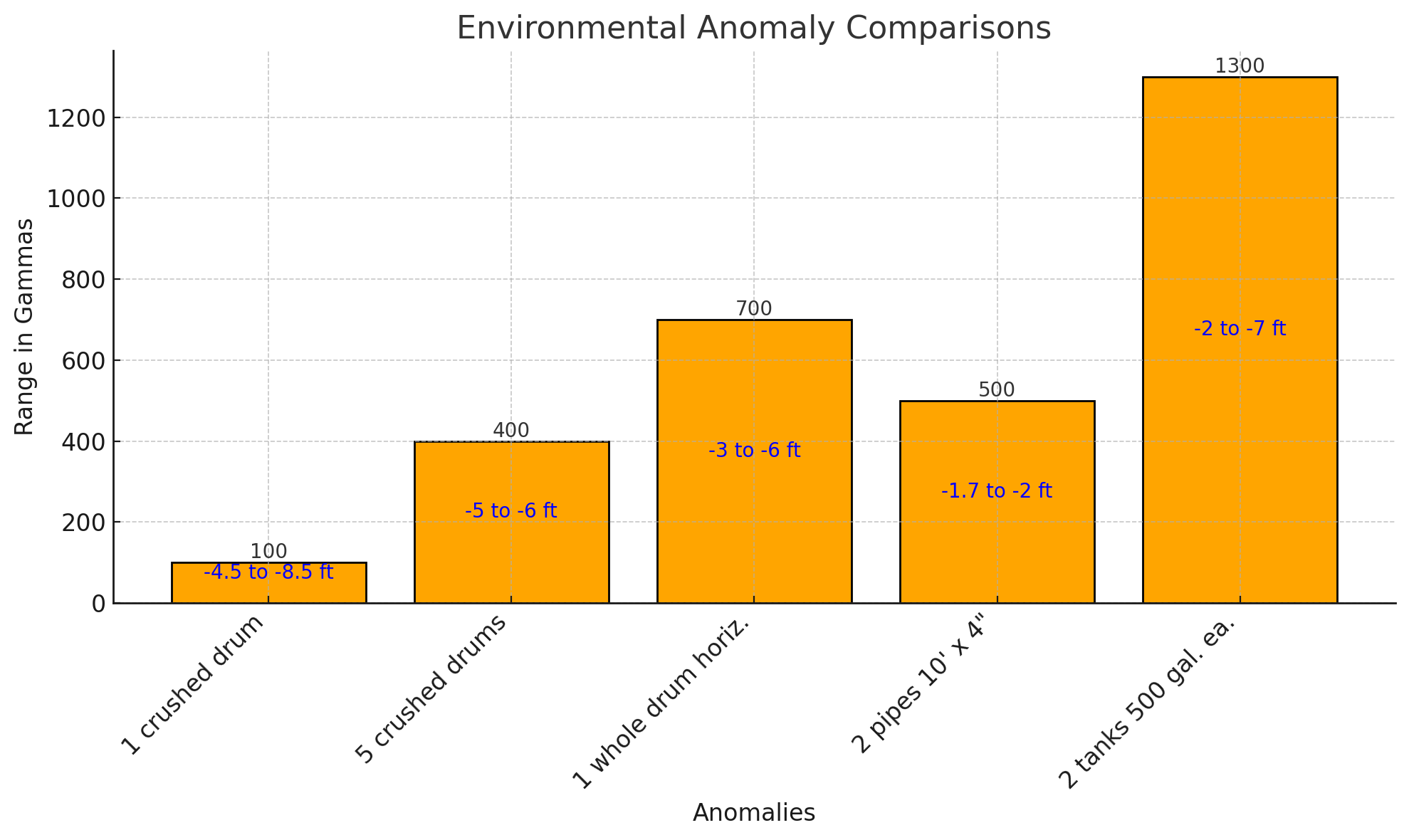 Theory of Magnetic Utility Locating & Magnetometers
Theory of Magnetic Utility Locating & Magnetometers
So, What is the theory behind Magnetic locators, or Magnetometers?
We will explore this question specifically for Utility Locators.

Magnetic locators operate by sensing the magnetic field distortions caused by ferrous objects in the ground, making them an essential tool for utility workers, surveyors, and construction professionals to avoid damaging underground utilities during excavation and construction activities.

|
|---|
Magnetometers refers to the equipment name and Magnetic locating is the method utility locators use for magnetic locators or also known as magnetometer. Magnetic locators are sometimes confused with metal detectors and electromagnetic locators. They are all separate utility locating technologies, and are used for specific utility locating applications. |
The Below images show the magnetic field signals of the buried object and the audio signal responses.


The Below images show the magnetic field signals of the buried object and the audio signal responses,
First part of image: The audio signal peaks directly over vertical target. Visual Indications also peak as either polarity.
Second part of image: Audio signal peaks over each end of a horizontal target. Visual indications peal positive over one end and negative over the other end.

Locating ferromagnetic materials depends on the magnetic susceptibility of the object. The greater the magnetic susceptibility of an object, the greater the magnetic flux.
The image below is an example of a magnetic signal locate over a ferrous metal pipe. The pipe signal peaks higher at the pipe connection points, due to the change of the object (pipe) being detected.

Magnetic lines of force, or flux, are strongest at the ends of a magnet or dipole. The Earth, for example, has its strongest flux at the North and South Poles and a weaker flux near the equator.
The same principle applies to a bar magnet, or any ferromagnetic object resembling a dipole configuration such as a pipe or drum.

The magnetic field of an object depends on its orientation, shape, condition, and other factors. A magnetic locator measures gamma rays that come from a ferrous objects magnetic field.

Listen to this page. Audio Summary Version for Overview of Magnetic Locating. (2 Minutes 32 Seconds)

 TIP: Magnetic VS Magnetometers VS Metal Detectors VS Electromagnetic locators.
TIP: Magnetic VS Magnetometers VS Metal Detectors VS Electromagnetic locators.